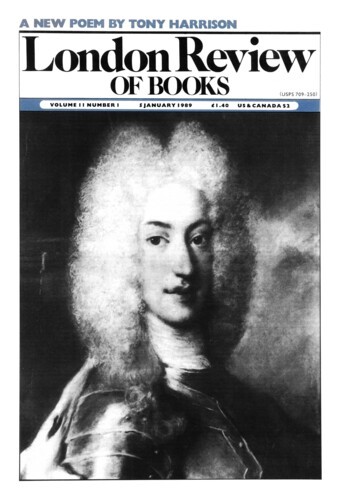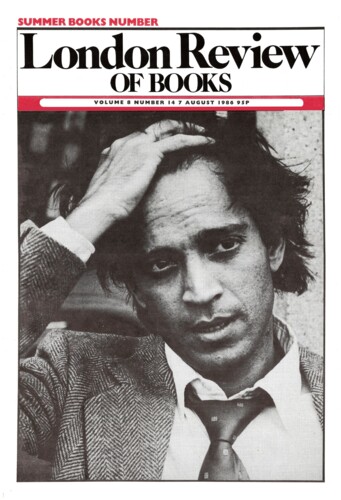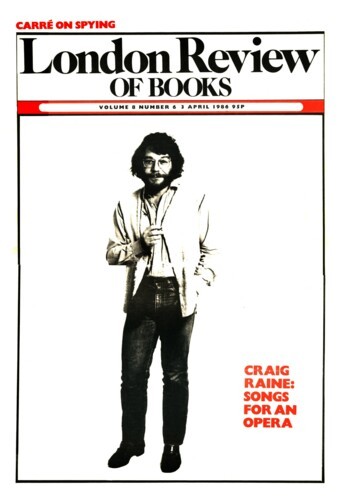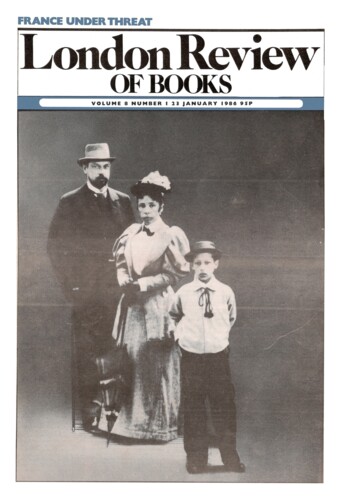Little Dog
Alan Milward, 5 January 1989
Last year was the year of commemorative news. The media discovered that the public was old enough to be as interested in events from fifty years ago as it is in today’s news. Of these events the one that took up the most time and space was the Munich agreement of 1938, although it was subsequently driven off the centre pages by Kristallnacht and the Jewish pogroms in Germany. Robert Kee’s book has its origins in his commemorative TV documentary and the book by Robert Shepherd, producer of Channel 4’s A Week in Politics, reads like the script of another documentary. Robert Rothschild was a young Belgian diplomat at the time, far from the centre of things, so his book too is essentially an image of Munich as seen through the media.





